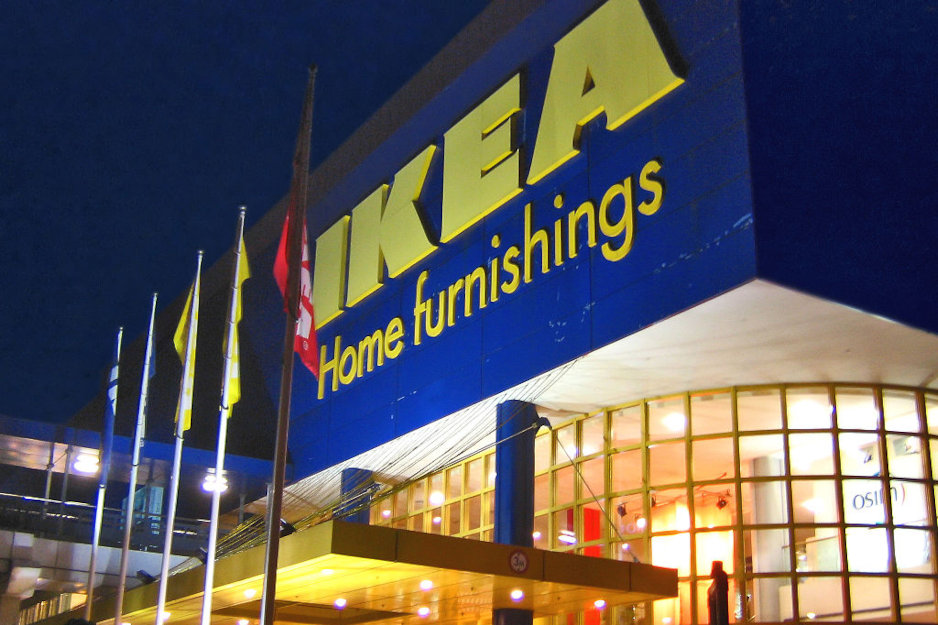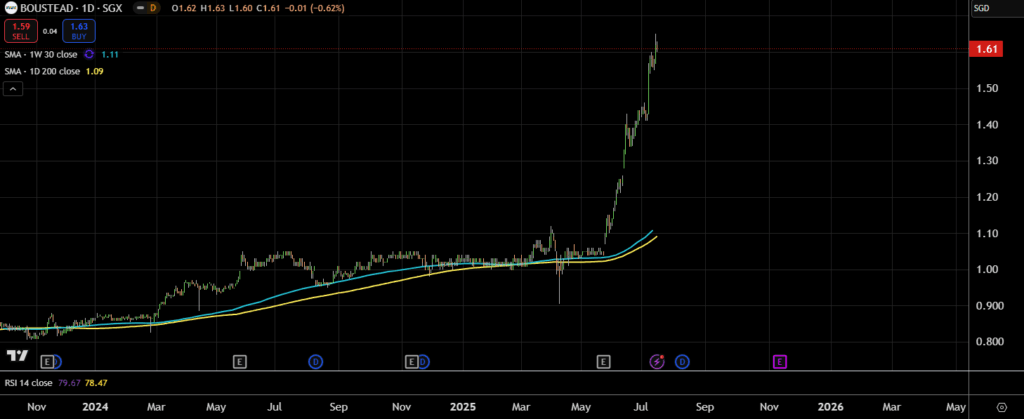Lu:
So we have systemically lowered our expectation in terms of run growth. And I do see this is going to be the period that we are going to see some consolidation. We are going to see some correction, which is in comparison with what we have been seeing over the past few years if used. Do you have your standards set at where the run growth was in 20 21, 20 22? We’re not likely to get anywhere closer there, but in this whole country we continue to face this one to 2 million housing deficit and that’s our very conservative estimation. I know other economists in the marketplace has been forecasting over 4 million housing deficit and some even put an even higher number. But nonetheless, the housing deficit remits, meaning the housing product will continue to be produced to solve this housing shortage issue. Although the composition of the housing deficit may look much different and the demographic behind people who needing the rental versus single family will also started shifting just based on the home ownership, based on the average age for people who buy their very first house and all these different dynamics which has been played out over the last few years.
I would expect that dynamics continue going into the end of the century, heading into the second half of the 10 year. So I really think we want to look further ahead and be prepared when we talk about the structural shift. It doesn’t necessarily, we have to shift from building multifamily over to senior housing, but even within the multifamily universe. So the size, the configuration, what type of class A will we be delivering and what will be tailoring to the taste of the Gen Zs and the younger generation and the occupation changes. I think that is the key. So for any investor who has been putting their eyes on the more granular, not just the national headline number, but more granular demographic dynamics will win the market over the next few years.



Post Comment